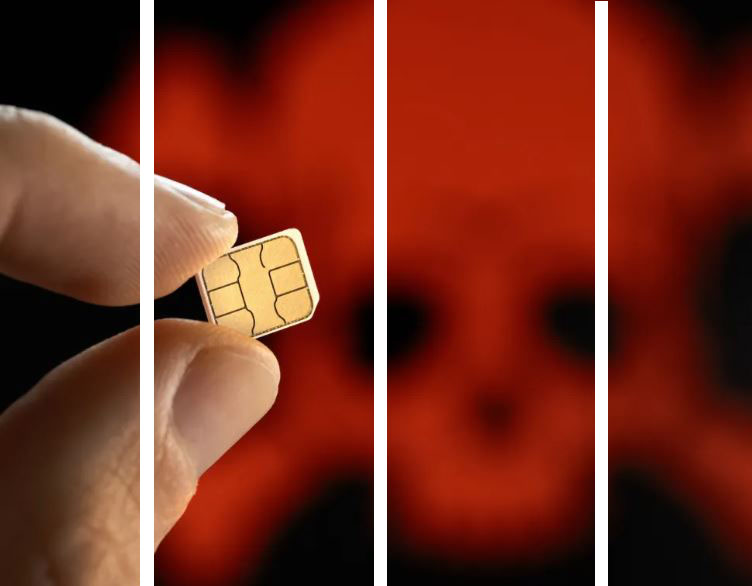
In an era heavily reliant on smartphones, mobile numbers have become gateways to sensitive services like banking, social media, and email. With the rise in SIM swap attacks, many are searching for effective ways to safeguard their phone numbers from hacking.How to Protect Your Phone Number from SIM Swap Attacks
What Are SIM Swap Attacks?
A SIM swap attack is a type of fraud where criminals transfer a victim’s phone number to a SIM card under their control. This is usually done by tricking the mobile carrier or manipulating customer service representatives.
Once the attack succeeds, fraudsters gain access to all incoming calls and text messages, including two-factor authentication (2FA) codes, allowing them to easily hijack accounts linked to the number.
How Do SIM Swap Attacks Happen?
- Gathering Personal Information: Scammers exploit phishing or data breaches to obtain details like birthdates, home addresses, and ID numbers.
- Contacting the Mobile Carrier: They impersonate the victim, claiming a lost or damaged phone, and request a SIM transfer.
- Taking Over the Number: If successful, the original SIM is deactivated, and all communications are redirected to the scammer’s device.
- Hijacking Accounts: Using SMS-based verification codes, attackers can breach bank accounts, social media, or even cryptocurrency wallets.
Warning Signs of a SIM Swap Attack
- Sudden loss of signal or “No SIM” error on your phone.
- Unusual notifications from your carrier about account changes.
- Inability to make calls or receive texts.
- Suspicious activity in financial or social media accounts.
- How to Protect Your Phone Number from SIM Swap Attacks
Tips to Protect Your Phone Number
1. Use Non-SMS Two-Factor Authentication (2FA)
Switch to authenticator apps like Google Authenticator or Authy instead of SMS-based codes, as they’re harder to intercept.
2. Set Up a PIN with Your Mobile Carrier
Many providers allow adding a PIN or password to your account, preventing unauthorized SIM swaps.
3. Avoid Sharing Personal Info Online
Be cautious about posting identifiable details (e.g., ID numbers, addresses) that scammers could exploit.
4. Monitor Accounts Regularly
Check bank and social media activity frequently to spot unauthorized access early.
5. Contact Your Carrier If You Suspect Fraud
If you notice odd behavior, immediately alert your provider about a potential SIM swap attempt.
6. Use Backup Email or Alternate Verification
Some services allow linking accounts to backup emails or secondary numbers, reducing reliance on SMS.
What to Do If You’re a Victim
- Call Your Carrier Immediately: Disable the fraudulent SIM and regain control of your number.
- Change All Passwords: Update credentials for accounts tied to your phone number, especially financial ones.
- Notify Banks and Services: Alert them to block fraudulent transactions.
- Report to Authorities: In many countries, SIM swapping is a cybercrime—file a report with law enforcement.
Final Thoughts
As digital fraud evolves, protecting your phone number is more critical than ever. By taking preventive steps and staying alert to red flags, you can significantly reduce the risk of SIM swap attacks. Don’t wait until it’s too late—secure your number and accounts today!
Have you ever encountered a SIM swap attempt? Share your experience in the comments to help others stay safe.
